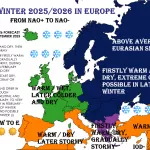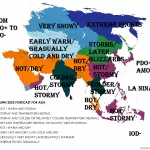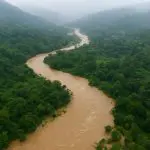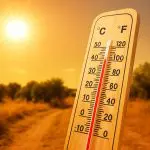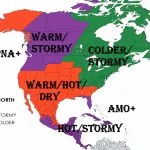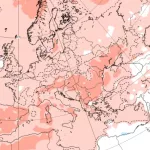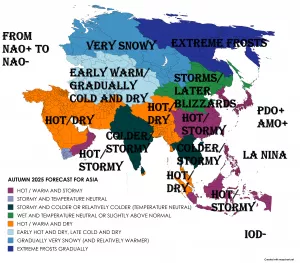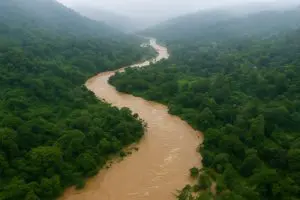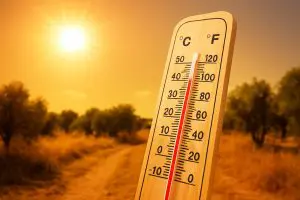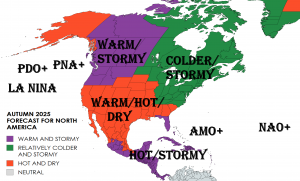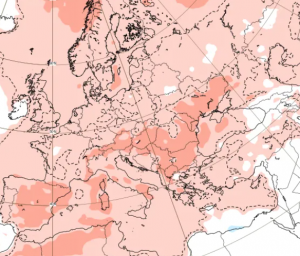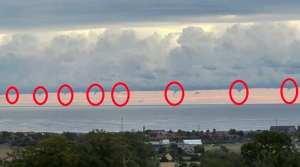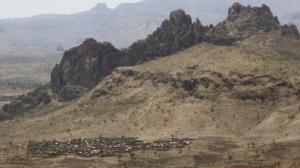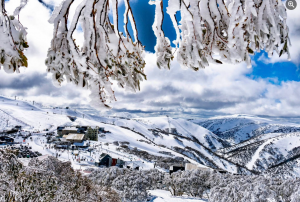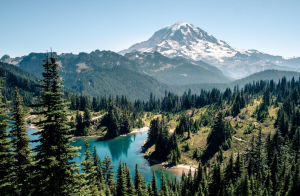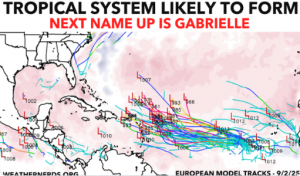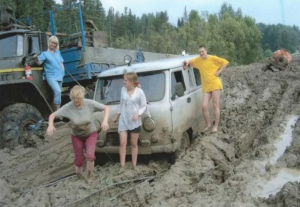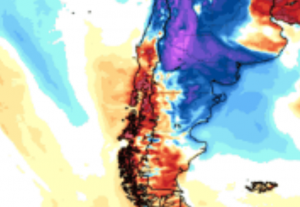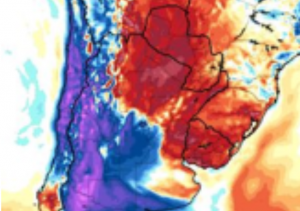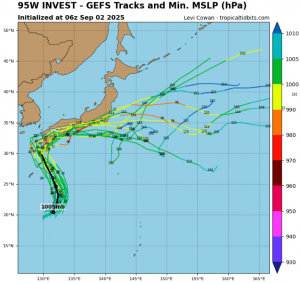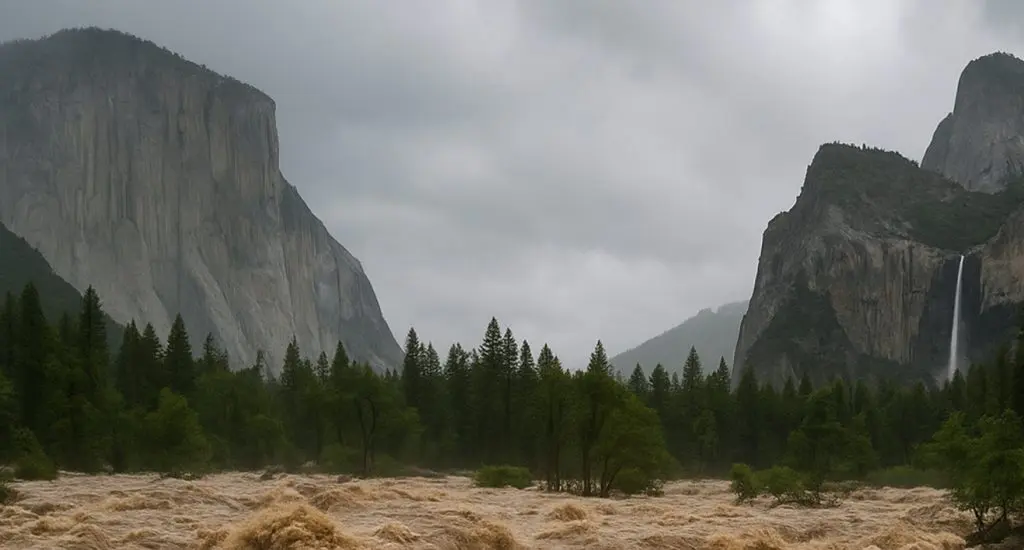
Heavy thunderstorms erupted across California’s Sierra Nevada on August 23rd, drenching the region with rapid bursts of rain that overwhelmed creeks and mountain drainage systems. The storms were fueled by a surge of subtropical moisture meeting hot surface air, leading to slow-moving storm cells. Meteorologists noted that steep terrain and past wildfire burn scars created a high risk of flash flooding, particularly in Yosemite National Park’s Tioga Pass and Tuolumne Meadows. The National Weather Service issued flash flood warnings for several hours on Saturday, alerting visitors and residents to imminent danger.
The downpours quickly turned treacherous in areas like eastern Nevada County and Sierra County, where intense rainfall led to flooding near Interstate 80 around Verdi and Floriston. Small communities along mountain slopes saw roads washed over with mud and debris. Campgrounds in low-lying areas were temporarily evacuated, and rangers at Yosemite closed some hiking routes due to rockfall risk. Though rainfall totals varied, some spots picked up more than 75 mm (3 in) within a few hours—more than double the average August rainfall for much of the Sierra.
Travelers experienced significant delays as major highways including portions of I-80 slowed to a crawl under the weight of water and debris flows. Flash floods also threatened backcountry trails and stranded some hikers until search-and-rescue crews assisted. Yosemite Valley’s road network suffered localized closures, straining weekend tourism at one of the nation’s busiest parks in late summer.
Local officials stressed the importance of staying clear of flood-prone areas in future storms, with county sheriffs and emergency crews expanding monitoring of vulnerable burn scar zones like the Gold Ranch fire area. Authorities emphasized that the combination of steep topography, fire scars, and erratic storm patterns made sudden flooding nearly impossible to predict. A public advisory was issued encouraging preparedness even when skies seemed clear.
While damage assessments are ongoing, early reports suggest that infrastructure costs could climb into the millions due to washed-out roads and slope destabilization. Officials warn that more storms are likely in the coming weeks as monsoonal moisture continues to feed northward into California, keeping the Sierra in a precarious position for more sudden floods.

